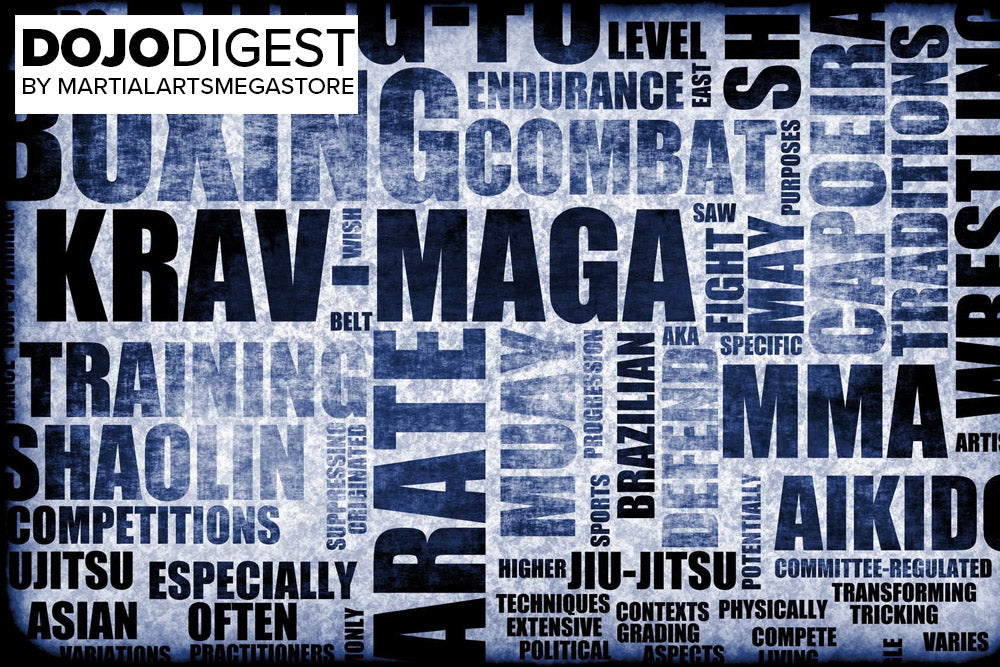While every martial art has merits in the realm of self-defence, each shines in particular scenarios and for various demographics. Here's a detailed breakdown:
1. Best for Ground Defence: Brazilian Jiu-Jitsu (BJJ)
- Strength: BJJ's primary focus is ground combat, teaching techniques to defend oneself when taken down. This makes it ideal for scenarios where an attacker might tackle or grab you.
- Ideal for: People of all sizes and strengths since it's based on leverage and technique. BJJ might be especially beneficial for women and smaller individuals who may find themselves overpowered and taken to the ground.
2. Best for Real-World Scenarios: Krav Maga
- Strength: Born out of military need, Krav Maga is ruthlessly effective. It's designed for quick incapacitation of attackers, making it perfect for unpredictable street confrontations.
- Ideal for: Individuals who want a comprehensive and direct self-defence system. Especially useful for those in professions like law enforcement.
3. Best for Striking: Muay Thai and Boxing
- Strength: Both sports offer powerful striking techniques. While Boxing is upper-body focused, Muay Thai incorporates knees, elbows, and clinch work, making it more versatile in confrontations.
- Ideal for: Those looking for a striking-based defence. Useful for people in good physical condition, seeking an intense workout and self-defence training.
4. Best for Throws and Joint Locks: Judo
- Strength: Judo emphasises using an opponent's energy against them, making it perfect for redirecting attackers and neutralising threats without necessarily causing harm.
- Ideal for: Individuals who might want to neutralise without harming, perhaps due to moral or legal concerns.
5. Best for Quick Defence and Close Combat: Wing Chun
- Strength: Wing Chun is about close-quarters combat, with rapid strikes and techniques to disable attackers quickly.
- Ideal for: People of shorter stature or those who wish to master quick and close-range defence.
6. Best for Flexibility and Range: Taekwondo
- Strength: Its high-flying kicks can maintain distance from potential threats.
- Ideal for: Younger practitioners and those with good flexibility looking for both an athletic pursuit and self-defence.
7. Best All-Rounder: Kickboxing
- Strength: Combining elements of Boxing and Karate, Kickboxing provides a balanced approach to both punching and kicking.
- Ideal for: Individuals seeking a well-rounded striking martial art that offers both fitness and defence benefits.
Age Considerations:
- Children: Taekwondo and Karate are often recommended due to their discipline-building nature. Judo can also be ideal because it lacks strikes, focusing on throws.
- Teens and Young Adults: BJJ, Muay Thai, Boxing, and Kickboxing can be great choices given their intensity and applicability in real-world scenarios.
- Older Adults: Wing Chun and Krav Maga might be more suitable, emphasising technique over raw physical power.
Professional Pathways:
For those looking to not only learn self-defence but also compete or turn their passion into a profession, Boxing, BJJ, and Muay Thai have massive global followings and opportunities. In the UK, organisations like the British Boxing Board of Control, UK Brazilian Jiu-Jitsu Association, and UK Muay Thai Federation provide competitive platforms.
Conclusion:
While every martial art offers self-defence capabilities, the "best" one truly depends on individual goals, physical attributes, and the scenarios one anticipates. It's always recommended to try out a few classes in different disciplines to find the best personal fit. The key is consistent practice and understanding the principles behind each technique.

